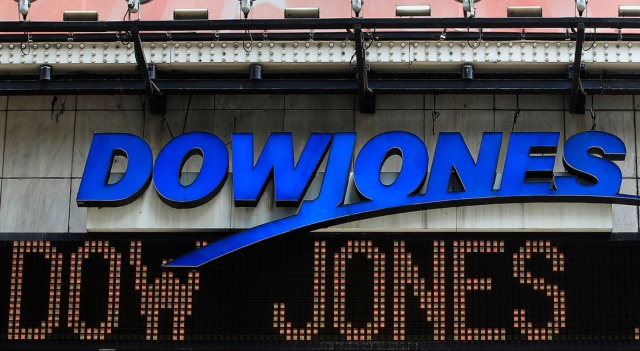U.S. equity futures pointed to a strong start on Wall Street Friday morning, as easing global tensions and supportive trade signals helped lift market sentiment. By 03:33 ET, Dow Jones futures were up 149 points (0.3%), while S&P 500 and Nasdaq 100 futures rose 0.3% and 0.4%, respectively.
Optimism Grows Amid Geopolitical Calm and Trade Developments
Investor confidence was buoyed by a sustained truce between Israel and Iran, reducing fears of a broader conflict in the Middle East. Meanwhile, U.S.-China relations appear to be stabilizing, with the two nations reportedly striking a deal to ease restrictions on rare earth exports—critical materials for tech and defense sectors.
Adding to the upbeat tone, there is speculation that President Donald Trump may extend the current pause on tariff enforcement past early July. Markets are also abuzz with talk of a potential shift in leadership at the Federal Reserve, potentially toward someone favoring softer monetary policy.
Amid these factors, the U.S. dollar continued to slide, reaching levels not seen in over three years and heading for its sharpest weekly drop since early May.
All Eyes on Key Inflation Report
The day’s primary economic highlight will be the release of the Personal Consumption Expenditures (PCE) Price Index, the Fed’s preferred measure of inflation. Economists expect the core PCE figure for May to rise 2.3% year-over-year, with the monthly reading likely steady at 0.1%, matching April’s pace.
Although the Federal Reserve has maintained a cautious stance in recent weeks, policymakers are closely watching inflation trends for signs of whether recent tariff impacts could become more entrenched. For now, evidence of lasting price pressure remains limited, and the central bank appears set to hold steady until clearer data emerges later this summer.
Nike Shares Jump After Positive Earnings and Strategic Shift
Nike Inc. (NYSE: NKE) delivered better-than-expected earnings for its fiscal fourth quarter, sending its stock higher in after-hours trading. While overall revenue dropped 12% to $11.1 billion, it still beat analysts’ forecast of $10.72 billion.
Looking ahead, Nike projects only a modest sales decline in Q1—less severe than the 7.3% drop Wall Street had anticipated. Executives also addressed the impact of tariffs, estimating potential cost increases of up to $1 billion due to ongoing reliance on Chinese footwear imports.
To mitigate this, Nike plans to cut its China-sourced footwear share to the high-single digits by mid-2026, moving more production to U.S. facilities. Despite a sharp 86% drop in net income to $211 million, largely due to inventory markdowns, the company’s cost control measures and supply chain strategy drew praise from investors.
Fed Bank Stress Test Results Could Unlock Capital Moves
Markets are also watching for the Federal Reserve’s annual bank stress test results, due later today. Analysts expect that all major U.S. banks will pass, reinforcing confidence in their resilience during extreme economic downturns.
Should banks meet or exceed capital requirements, it may pave the way for higher shareholder returns, including stock buybacks and dividends, as well as increased merger and acquisition (M&A) activity. The stress tests, a legacy of post-2008 reforms, remain a cornerstone of the Fed’s approach to financial oversight.
Oil Prices Rebound Slightly, But Weekly Losses Persist
Crude oil prices edged higher early Friday, but remained on track for their worst weekly performance in over two years. As of 03:32 ET, Brent crude climbed 0.7% to $67.14 per barrel, while WTI crude also gained 0.7% to $65.69.
Despite the bounce, both benchmarks are down roughly 12% this week, as markets removed some of the geopolitical risk premium that had driven prices higher. A modest recovery in the latter part of the week came after U.S. government data showed a drawdown in crude and refined product inventories, signaling healthy demand in the world’s largest energy consumer.
